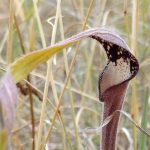Most spiders are beneficial to have around our landscapes. Flies, mosquitos, roaches and other undesirable insects are all appetizing to arachnids.
A door orb-weaver, or adore an orb-weaver? Both phrases were entirely relevant when I received an email a few weeks ago from a very proud and adoring duplex dweller. She had sacrificed her entire front doorway so that the stunning yellow orb-weaver (Argiope aurantia), which had taken up residence and strung up a massive two-foot-plus web in front of the door, could live in peace.
Of course, it’s not often you find a spider as appreciated as this lucky lady, who was very appropriately named Charlotte.
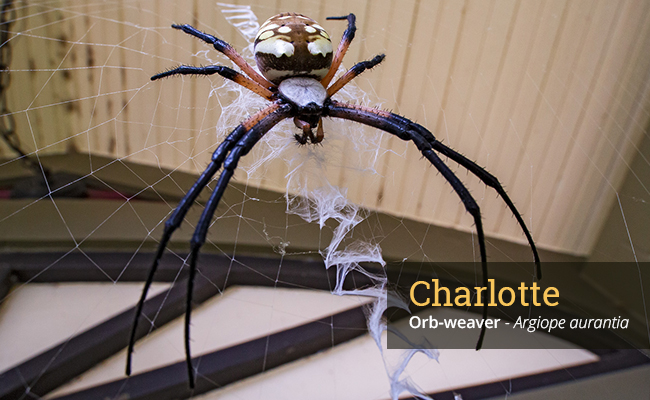
Despite her namesake from the much-loved children’s book and subsequent movies, most spiders unfortunately don’t have it quite so good. The reality is that the stigma around spiders is a dark one fueled by misinformed fear, which leads to so many spiders being needlessly and senselessly killed.
Fact: there are only a few spiders to be cautious around, and of those, almost none are likely to be out in the open in our gardens. Also, most spiders are exceedingly beneficial to have around our homes and gardens as they are experts at pest control! Flies, mosquitos, roaches and countless other undesirable insects that we spend countless hours and money trying to eradicate are all favorite meals to a spider.
Like Charlotte, the most prominent spiders you’ll see in your gardens and landscapes belong to a family of spiders known as orb-weavers (Araneidae). As their name implies, they’re best known for building impressive circular webs designed to absorb the impact of flying insects without breaking. And, anyone who has ever inadvertently walked through one knows these webs are practically indestructible.
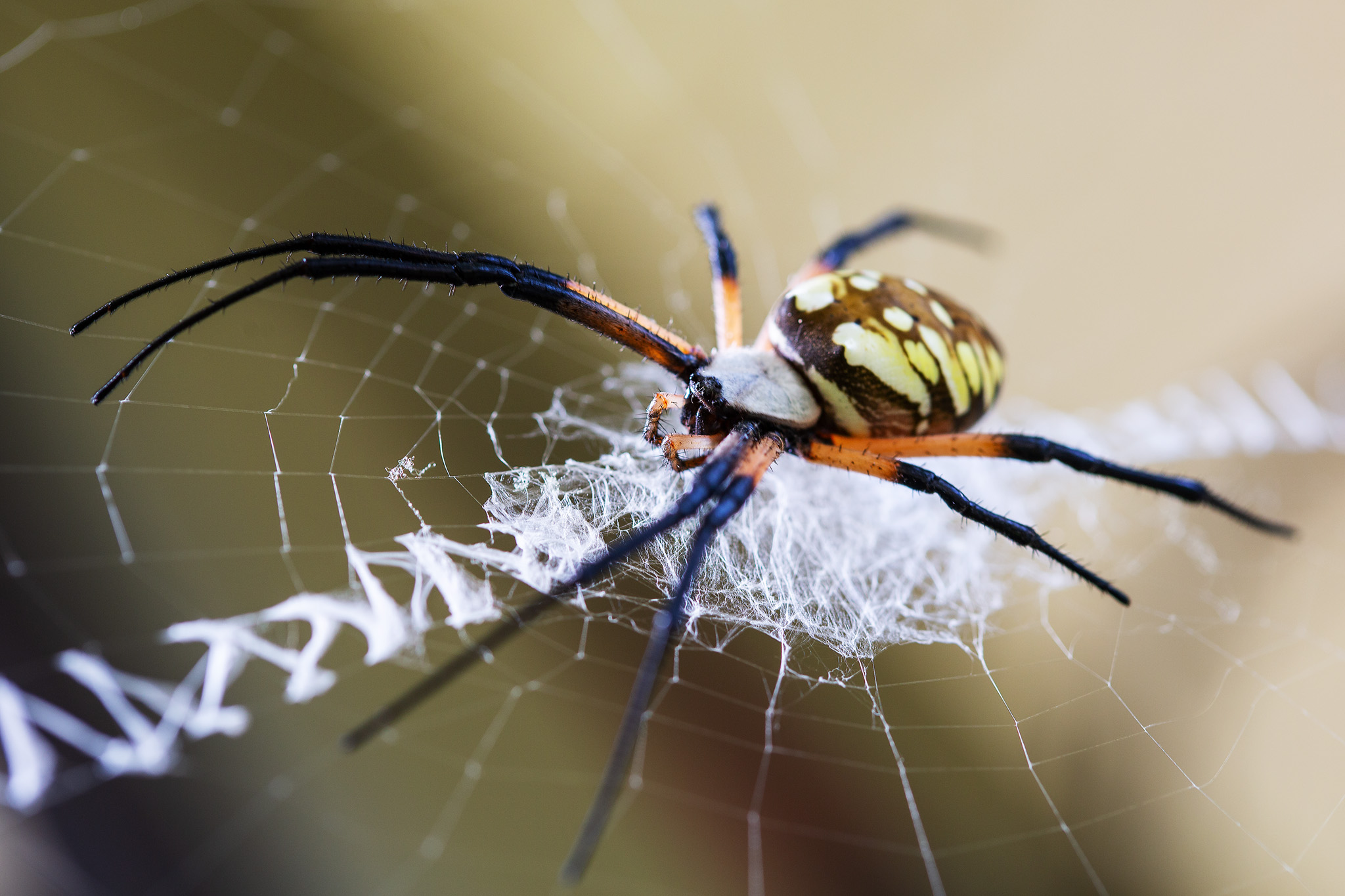
The center of the web is usually adorned with an intricate, fascinating design known as stabilimentum. While there is much debate as to the true purpose of these decorative touches, some speculate they may be used to help camouflage the spider from would-be predators and even to make the web more visible to larger animals that could damage or destroy it by walking or flying through it. Whatever its purpose, it’s certainly a nice touch to an already lovely structure.
While orb-weavers come in all shapes, colors and sizes, there is one universal characteristic: they’re all harmless to humans. That’s not to say you can’t be bitten by one, but it’s very unlikely. And if you are, the venom itself is likened to that of an ant or wasp sting. It’ll hurt for a bit, but then not so much.
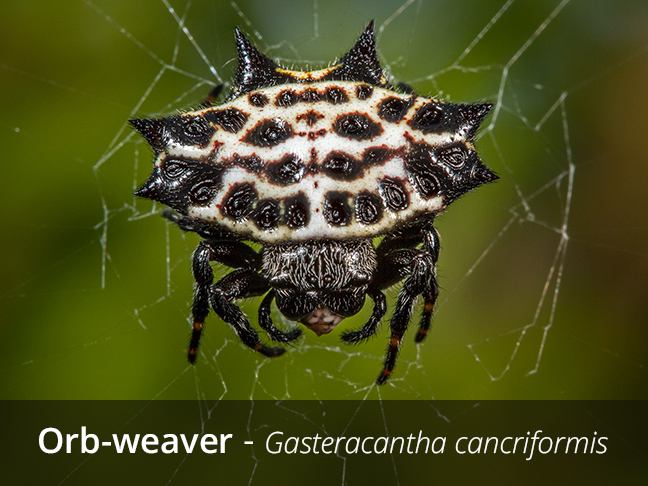 |
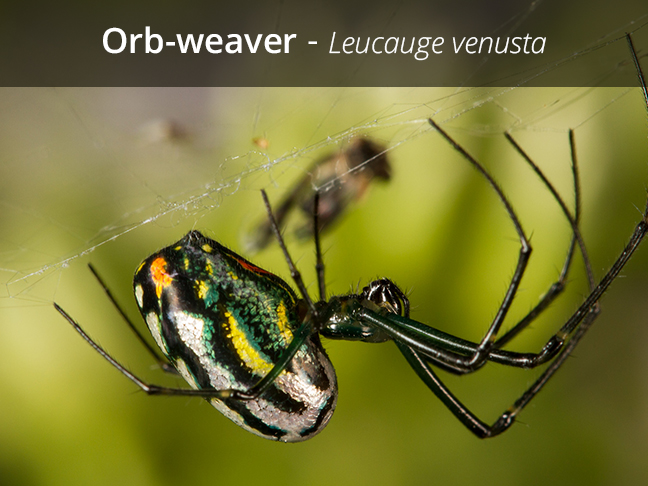 |
That said, orb-weavers are exceedingly non-aggressive and would only ever bite if provoked or restrained. So if you walk through one of their webs, remember that as scared as you may be, they really are more frightened of you. Just calmly coax the poor spider off you and back onto a nearby bush or shrub. No need to flail, slap, scream or run. Just breathe and maybe apologize for ruining someone’s home? No pressure, but it would be a kind gesture.



